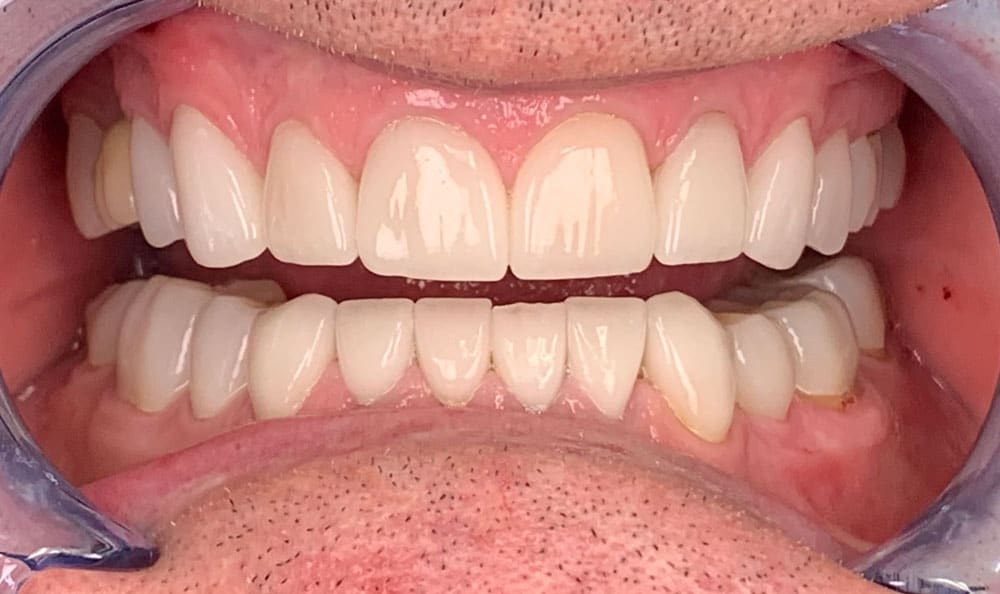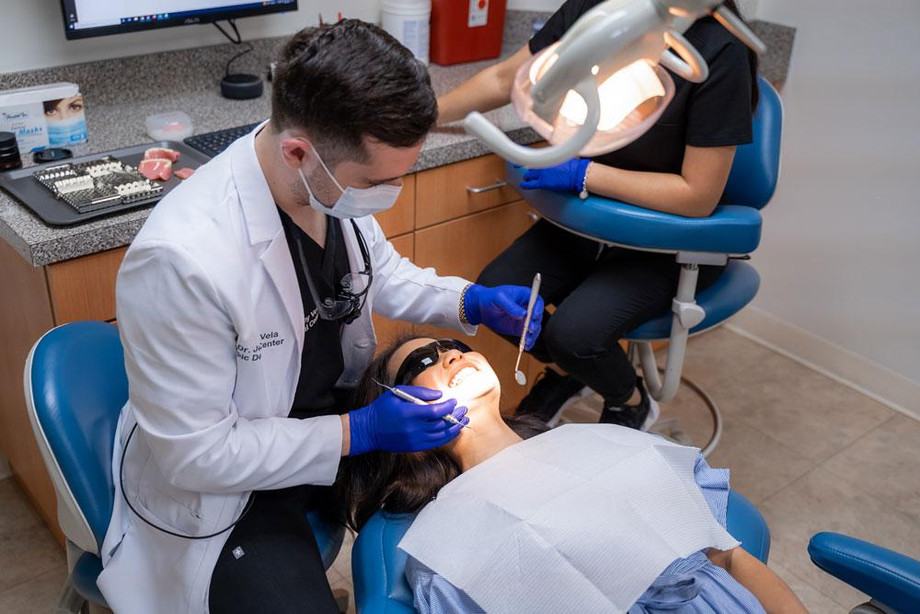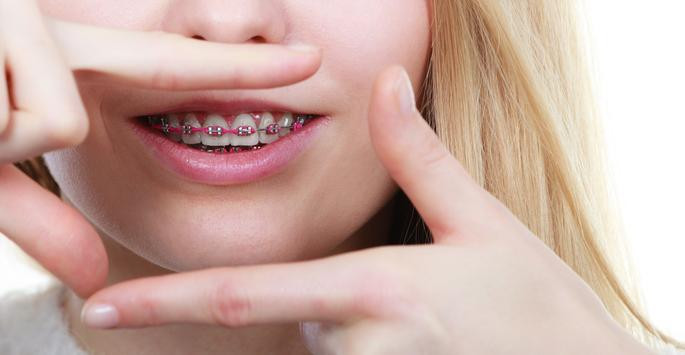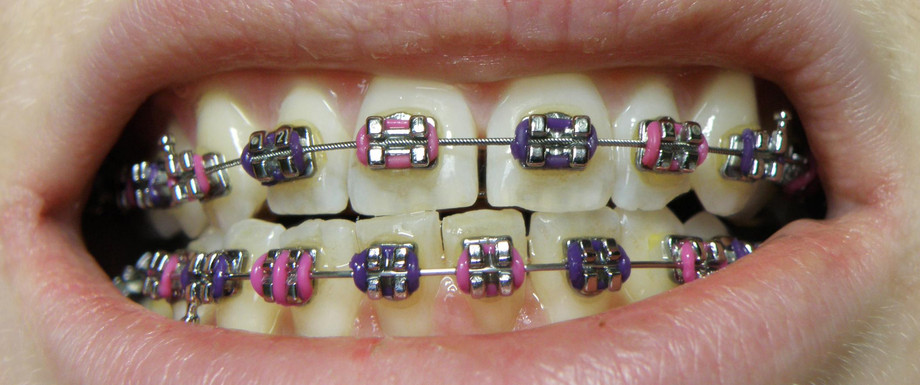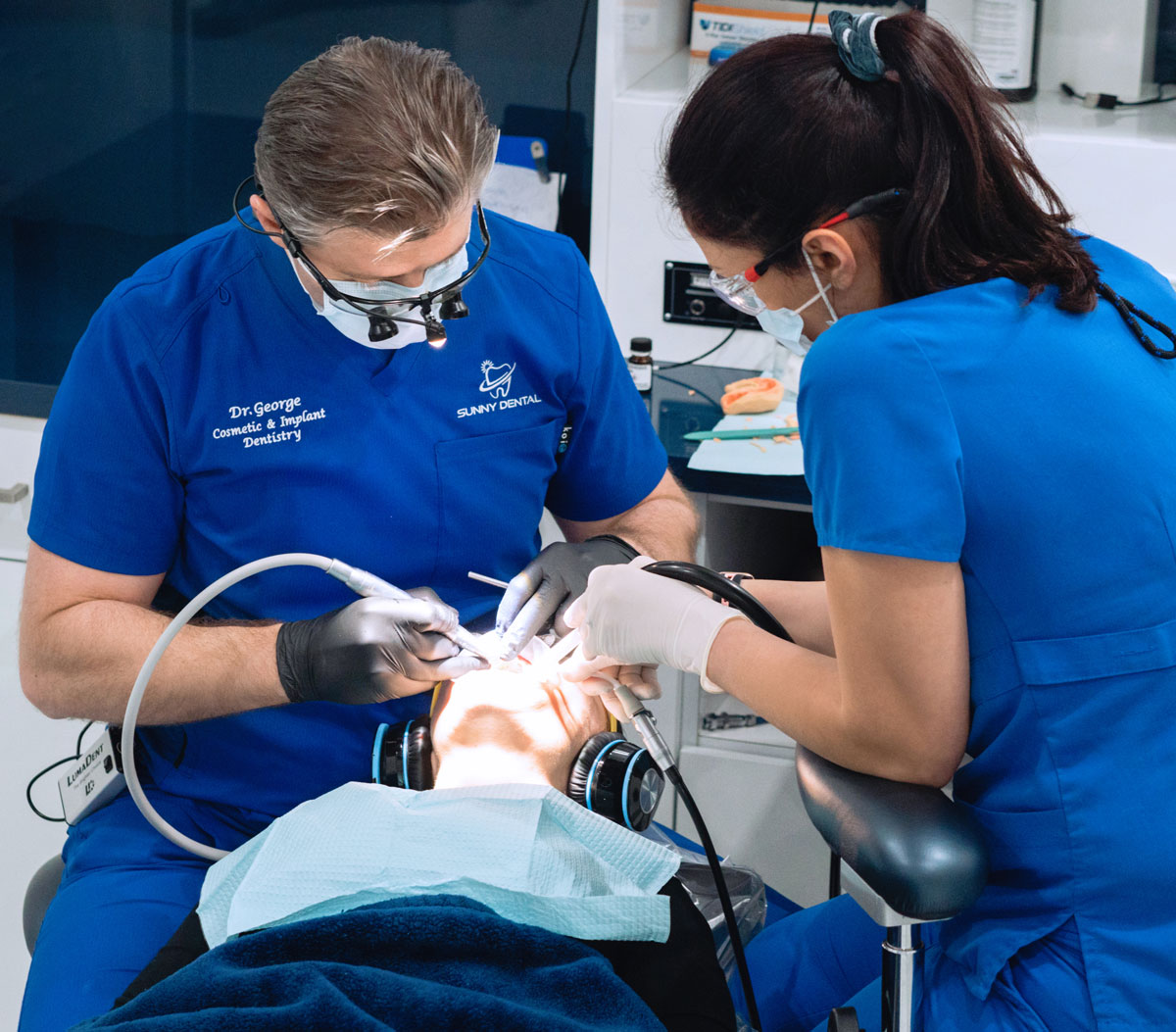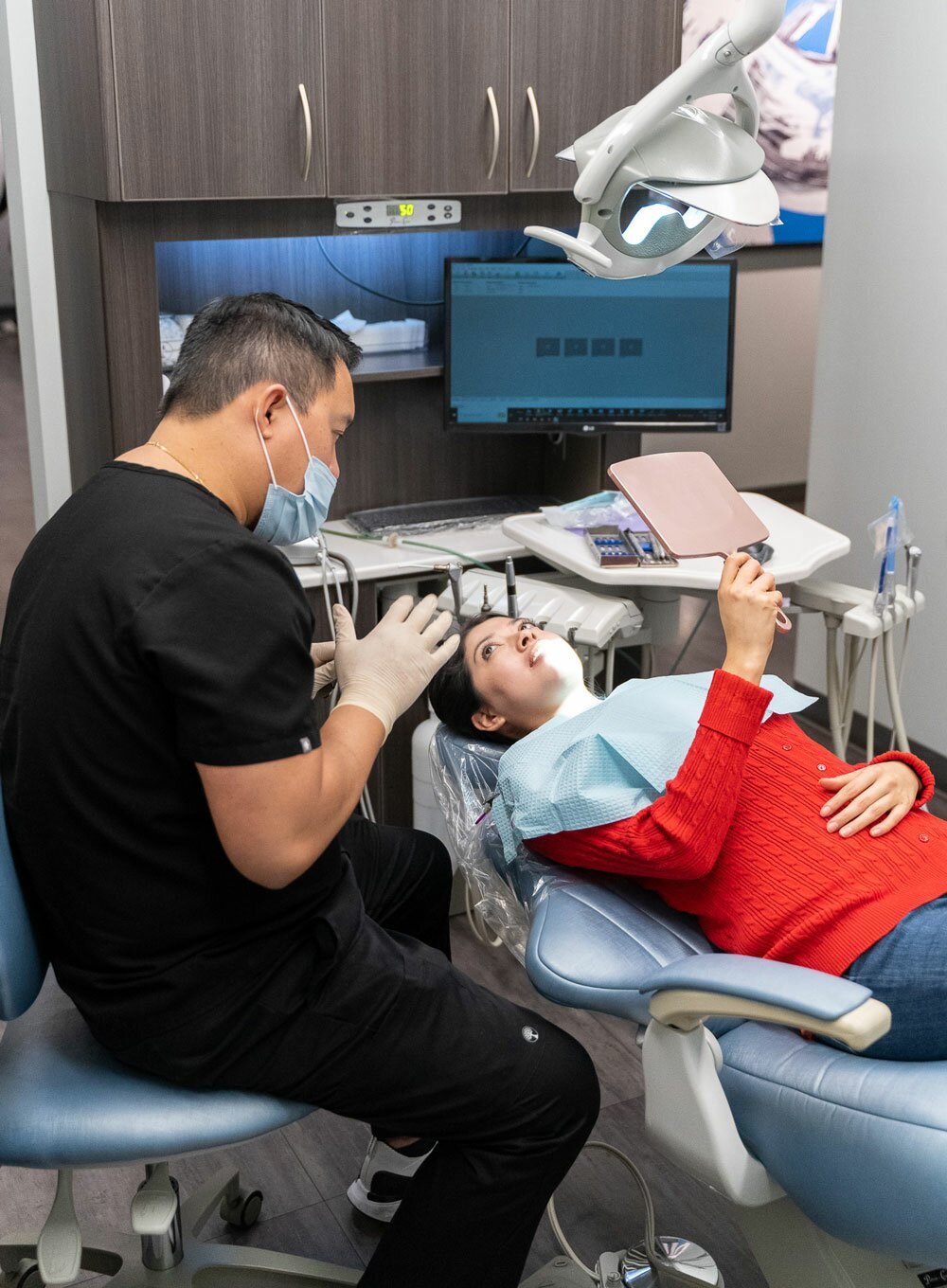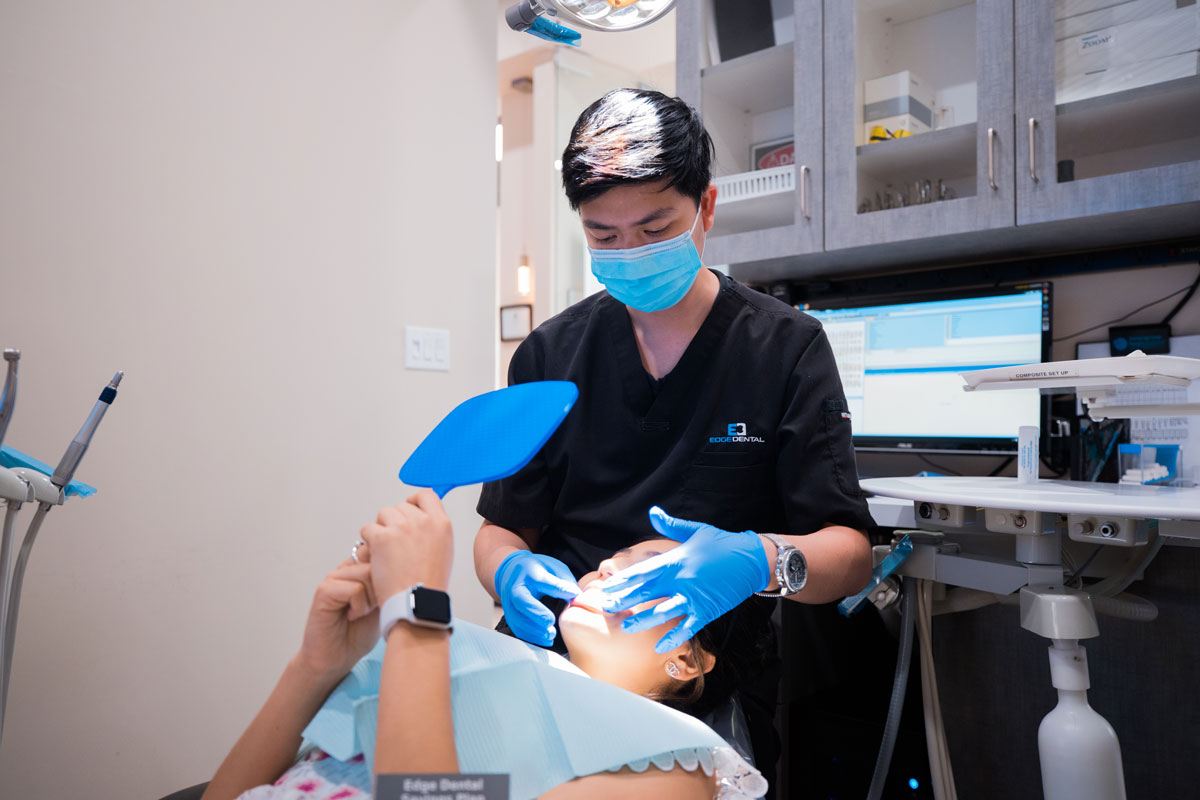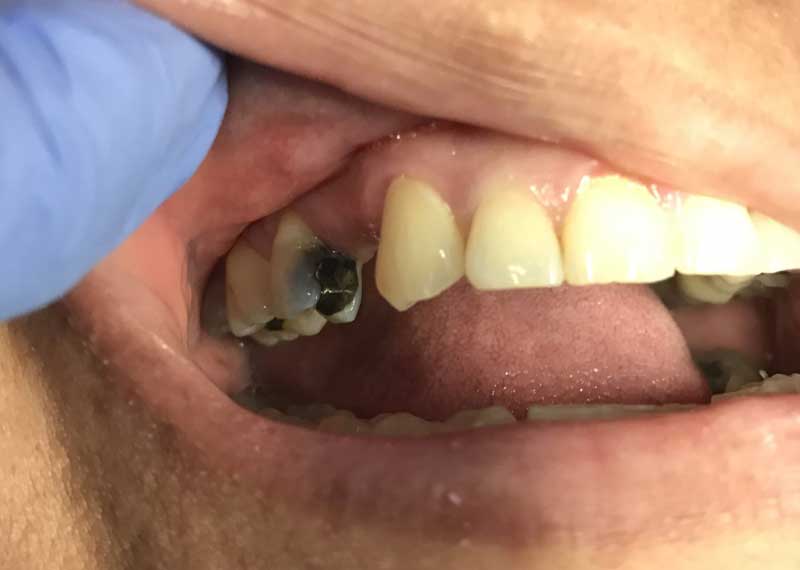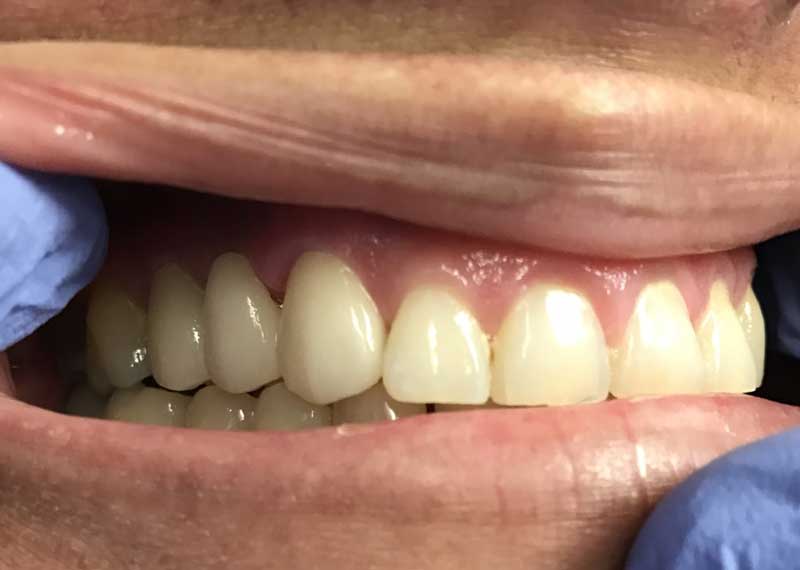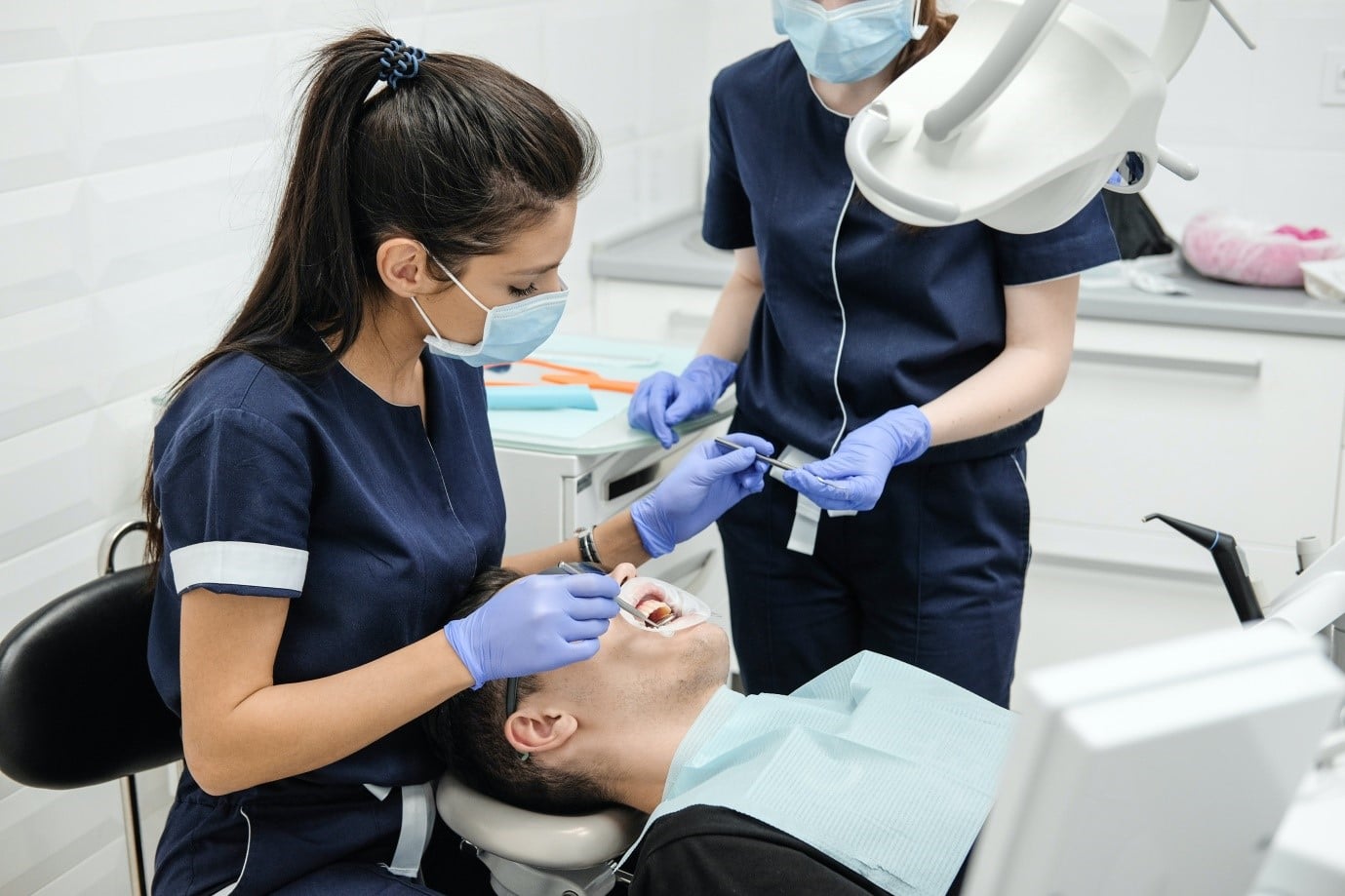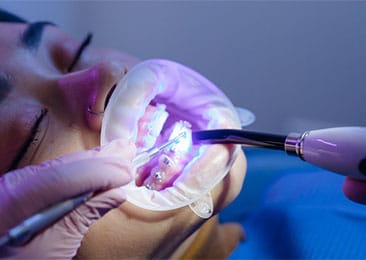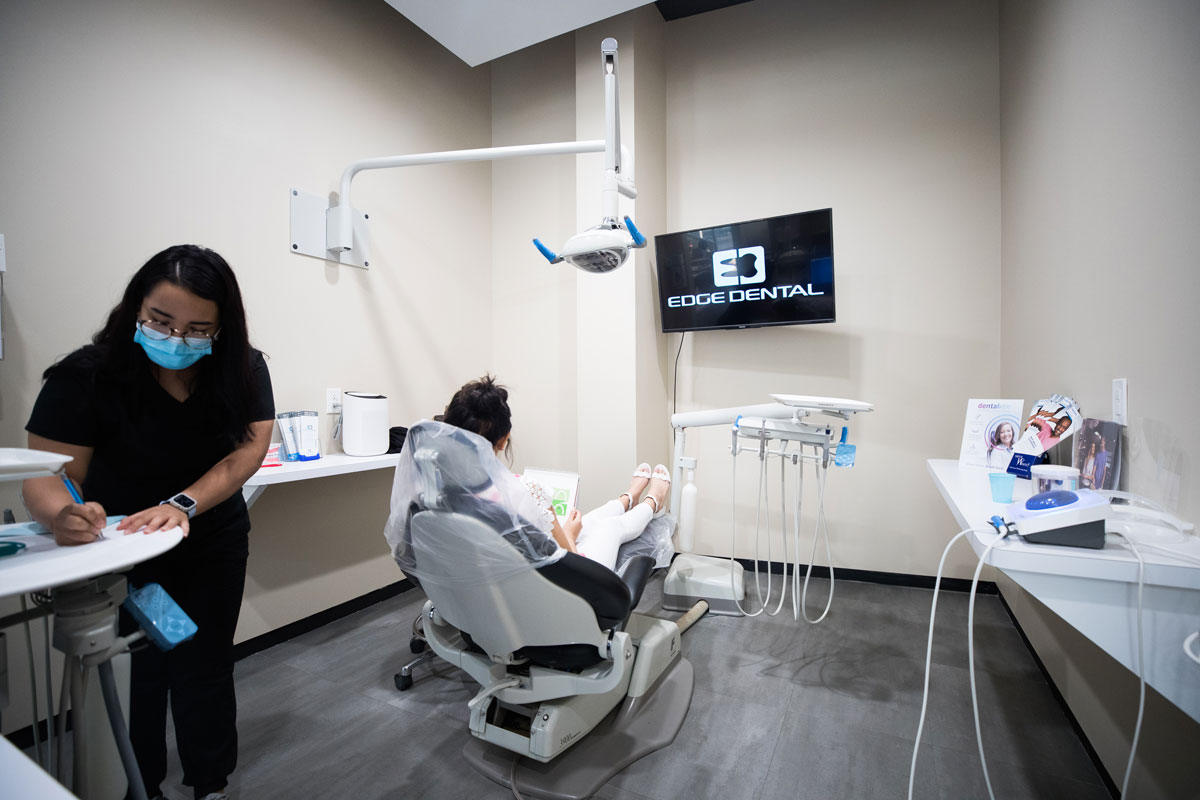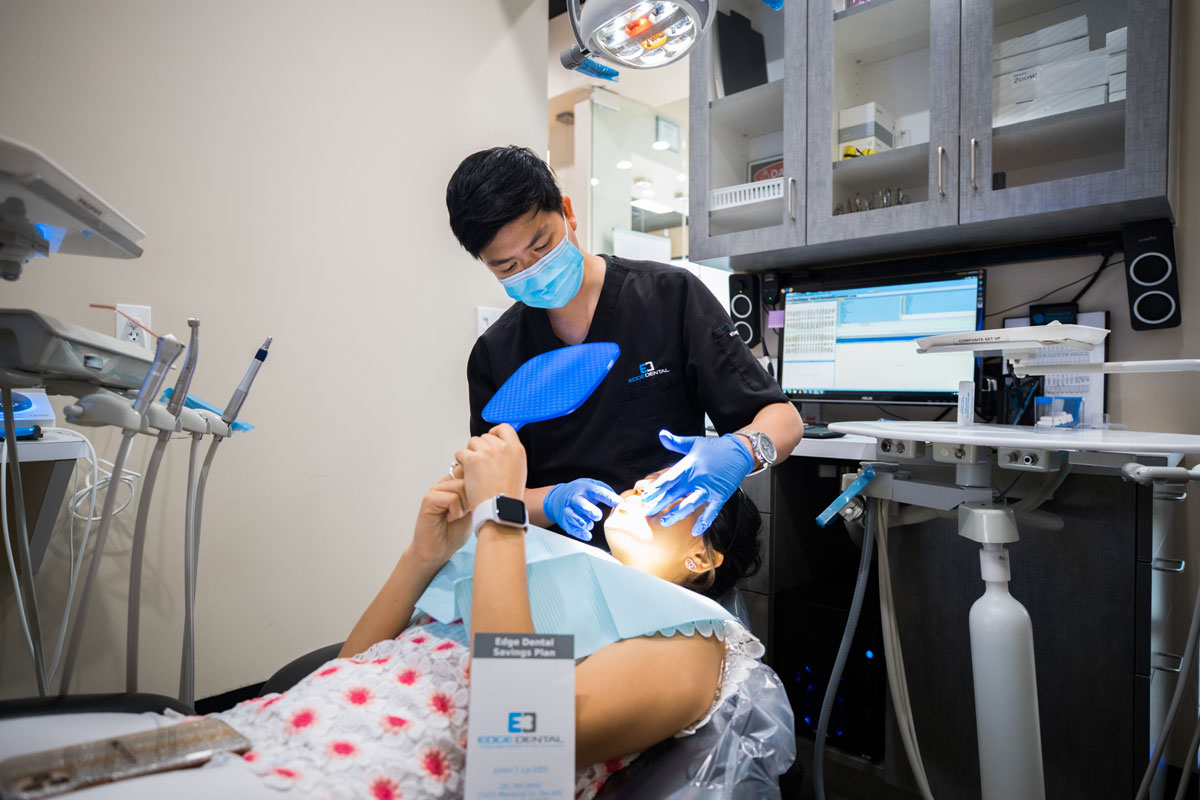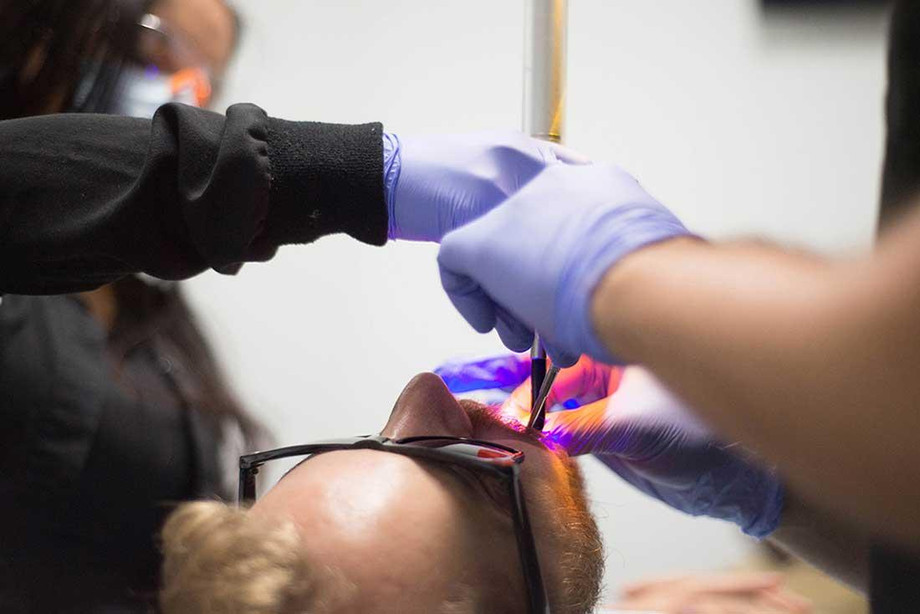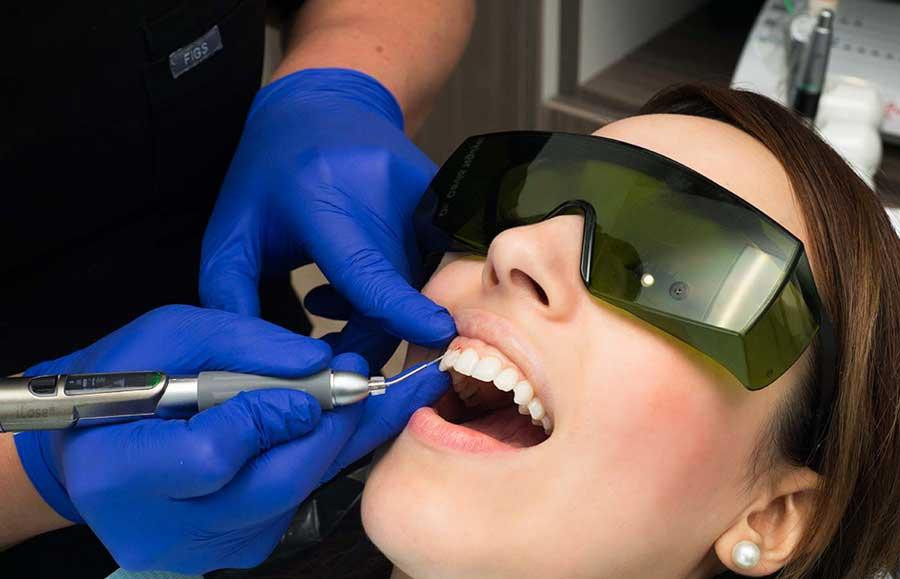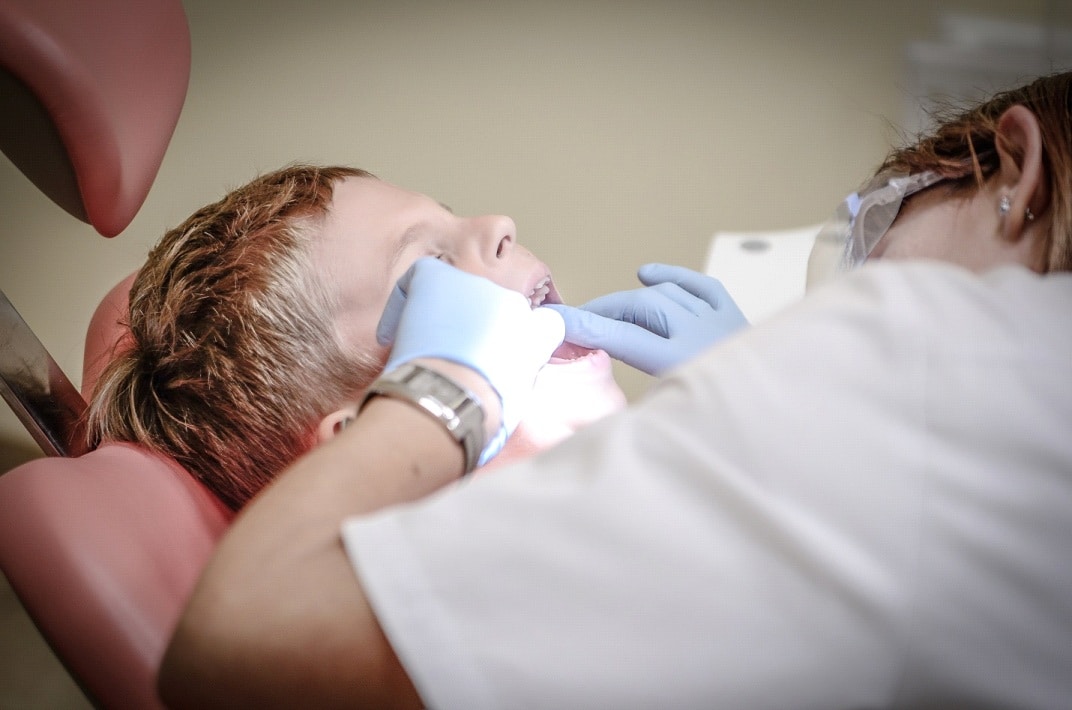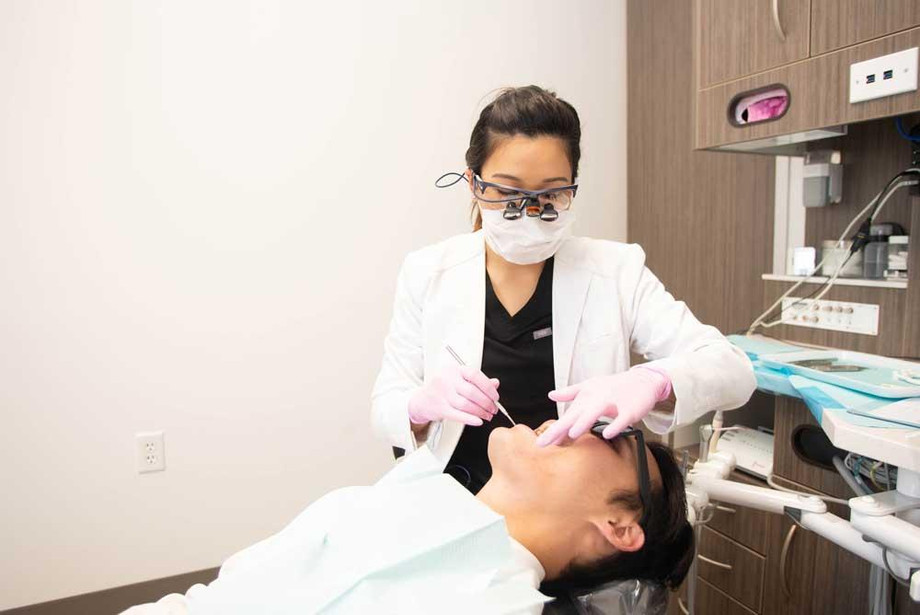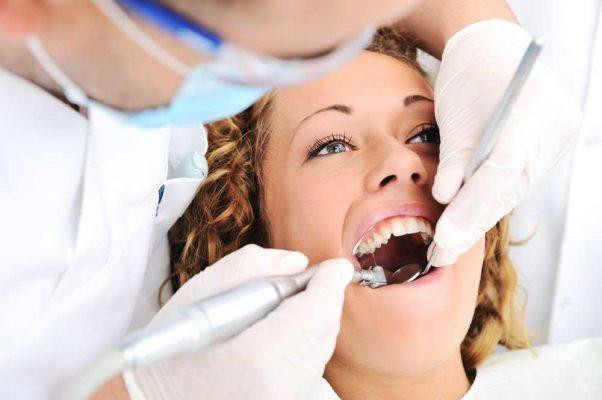Numerous people have crooked or crowded teeth. The teeth will be moved or straightened using orthodontic therapy. It can make the teeth cleaner, enhancing their appearance and how they bite together. Some individuals have unattractive front teeth that protrude upward. These "prominent" Dental Clinic Houston Heights orthodontics can fix the teeth, but they are more vulnerable to damage.
Or the way the top and bottom jaws come together may lead to an improper bite and ugly teeth. You can fix both of these dental issues with orthodontic treatment. When the teeth don't line up correctly, the jaw muscles can become strained, which can occasionally cfause headaches, problems with the jaw and joints, and other problems. If you receive orthodontic treatment at Houston Heights Dental Clinic, your bite will be more even and less stressful.
At what age should people concider orthodontic treatment?
A spontaneous smile is often less delightful when one has crooked teeth, not to mention how unattractive they make one feel. Most parents are aware of this and make plans so that their children can visit Dental Office Houston Heights for their first checkup. We have found that parents commonly bring their children in for checkups at the wrong time, and most of them wait until permanent ones have replaced all baby teeth. All ages, including adults, are eligible for early orthodontic treatment.
Research data shows that children between 10 and 14 receive most of their first orthodontic procedures. The typical age for girls is 10–12 years, whereas the specific period for boys is 12–14. But the majority of orthodontists favor early interventions. Seven is the universally acknowledged minimum age, and the child's teeth at this age are a combination of adult and baby teeth. The Dentist in Houston might perform an early orthodontic inspection to see if there are any potential issues. It enables you to practice an orthodontic treatment strategy that is preventive.
Why should people start orthodontic treatment early?
According to Houston Heights Dentist, any malocclusions are visible at this age when the molars also erupt. Since the incisors are visible, you can also discover crowding, overbite, or underbite early. Early discovery of these problems allows us to address them before they become more severe as your child ages. Dentist 77007 says early orthodontic intervention can be less expensive and complex, preventing persistent tooth problems from worsening and compromising dental health.
What about orthodontic treatment for adults?
Over time, the number of adults seeking orthodontic treatment to straighten their crooked teeth has increased. An increasing number of individuals are turning to cosmetic dental braces to seem respectable and have a beautiful smile.
Today's orthodontic procedures allow for inconspicuous but effective correction of misaligned teeth. You can now achieve precise straightening results regardless of your age. Dental Office 77007 has affordable orthodontics options that can straighten your teeth in under a year.
Conclusion
The above details and information will help you learn some beneficial aspects of orthodontic treatment. For more valuable facts and updates, please refer tourbndental.com.
Article Source : https://rootcanalhoustontx.wordpress.com/2023/01/24/why-should-we-consider-orthodontic-treatment/


